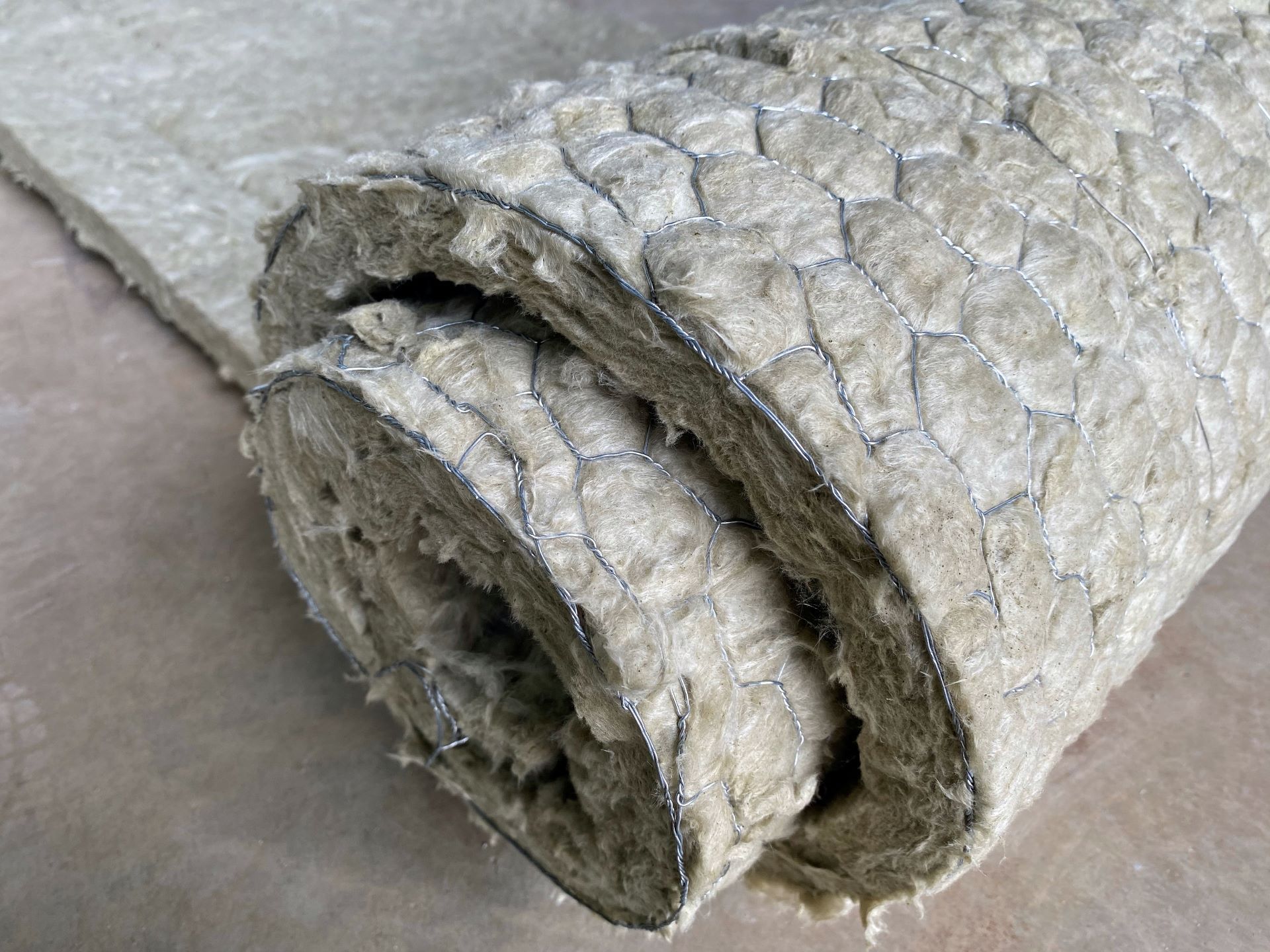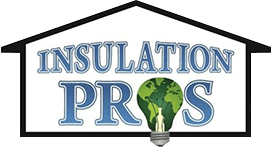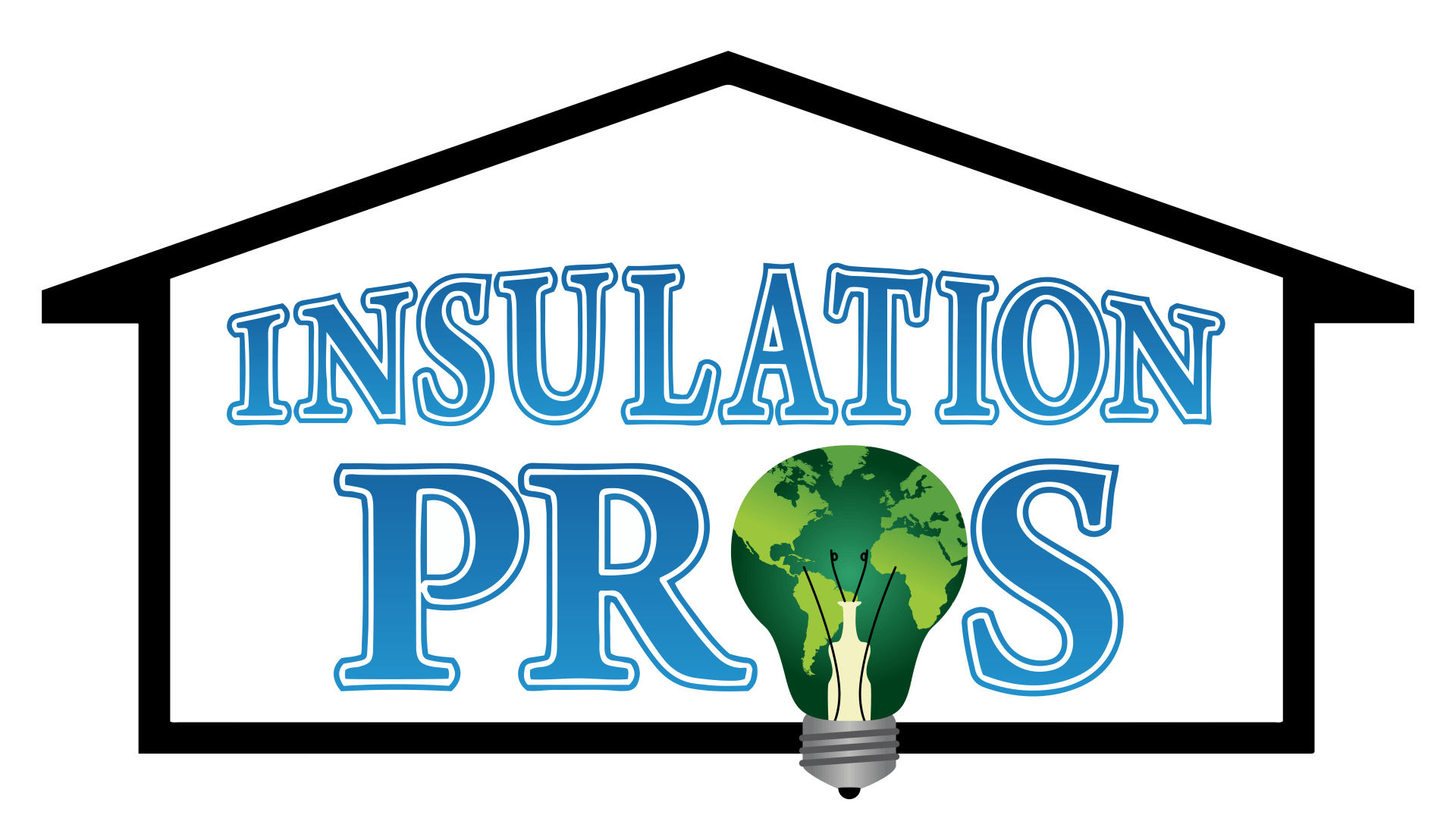Check out our financing options and start saving today!
Check out our financing options and start saving today!
What Does Asbestos in Insulation Look Like? How to Spot the Signs
Jul 31, 2023
At Insulation Pros, we understand the significance of a safe and efficient insulation system for your property. And when it comes to insulation, we know the topic of asbestos still comes up quite often today.
In this blog post, we hope to help teach you how to spot the signs of asbestos insulation and how to act once asbestos insulation is found.

What Is Asbestos?
Asbestos is a naturally occurring mineral that was widely used in many construction materials, like insulation, during the mid-20th century. It was used for its strength, heat resistance, and flexibility.
In the past, there were a few ways that asbestos was incorporated into insulation:
- Loose-fill Insulation: Asbestos was mixed with other materials and blown or poured into wall cavities, attics, and floors to improve thermal efficiency.
- Insulation Blankets: Asbestos fibers were woven into insulation blankets or mats used to insulate pipes, boilers, and ductwork.
- Spray-on Insulation: Asbestos was mixed with binders to create a spray-on insulation product applied to ceilings, walls, and steel structures.
Health Risks of Asbestos in Insulation
The use of asbestos in insulation poses severe health risks. When asbestos-containing materials are disturbed or deteriorate over time, tiny asbestos fibers can become airborne and easily inhaled into the lungs. Prolonged exposure to asbestos can lead to serious health conditions, including mesothelioma, lung cancer, and asbestosis.
Asbestos-related diseases often have a long latency period, meaning symptoms may not appear for decades after exposure. This emphasizes the importance of promptly addressing any potential asbestos concerns in your property.
Identifying Asbestos in Insulation
Visual identification of asbestos-containing insulation is challenging because asbestos fibers are microscopic and cannot be seen with the naked eye. However, some older insulation materials may have certain visual characteristics that can indicate the potential presence of asbestos.
Be on the lookout for these signs:
- Older Construction: If your property was built before the 1980s, there is a higher likelihood of asbestos-containing insulation, as it was widely used until that time.
- Vermiculite Insulation: Some vermiculite insulation products, often used in attics, may contain asbestos. Vermiculite insulation looks like small, shiny, pebble-like particles.
- Unusual Appearance: Asbestos-containing insulation may appear gray, brown, or white with a granular, fibrous, or fluffy texture.
It’s important to remember that visual identification alone is not necessarily enough to confirm the presence of asbestos. To be certain, you must have a professional asbestos inspection and testing conducted by certified specialists.
How Should Asbestos-Containing Insulation Be Removed?
If you think you may have identified asbestos-containing insulation in your property, it’s important to not disturb or attempt to remove it yourself. Asbestos removal requires specialized training, equipment, and adherence to strict safety protocols to minimize the risk of exposure.
Here is how the process should look if you think there may be asbestos in your insulation:
Professional Assessment
The first step after suspecting asbestos in your insulation is to contact a certified professional to come and inspect the area and your property. They will assess the extent of the asbestos-contamination.
Risk Evaluation
Based off the professional inspection, the contractor will then determine the level risk that the asbestos-containing insulation poses. In some cases, if the material is intact, undisturbed, and in good condition, encapsulation or encasement methods may be employed instead of removal.
Safe Removal Procedures
If removal is necessary, the asbestos professionals will plan and implement a comprehensive removal strategy. They will establish containment areas, seal off affected areas, and use specialized equipment such as negative air machines to prevent the spread of asbestos fibers.
Professionals will be wearing proper safety gear, like full-body disposable suits, respirators, or other gear to protect themselves.
Disposal
All removed asbestos materials are carefully sealed in specially marked containers to prevent contamination during transportation. These containers are then disposed of at authorized asbestos waste disposal sites.
Clearance Testing
After the removal process is complete, a final clearance test is performed to ensure that the area is free of asbestos fibers. This test involves air sampling and analysis by an independent laboratory.
Replace Your Asbestos Insulation
Once the asbestos-containing insulation has been safely removed, the next step is to replace it with modern, non-toxic insulation materials. Here at Insulation Pros, we offer a variety of insulation types to provide your home with proper energy efficiency and comfort.
By upgrading your insulation with these modern alternatives, you can not only eliminate health risks associated with asbestos but also enjoy improved indoor air quality and reduced utility bills. If you're interested in
insulation removal, don't hesitate to
contact Insulation Pros!
BOOK A SERVICE TODAY
Quick & Reliable
Service Areas
Office Hours
Monday - Friday: 7a - 5p
Saturday: 8a-3p
Sunday: Closed
Quick Links
All Rights Reserved | Insulation Pros KC
Design by Tekkii

